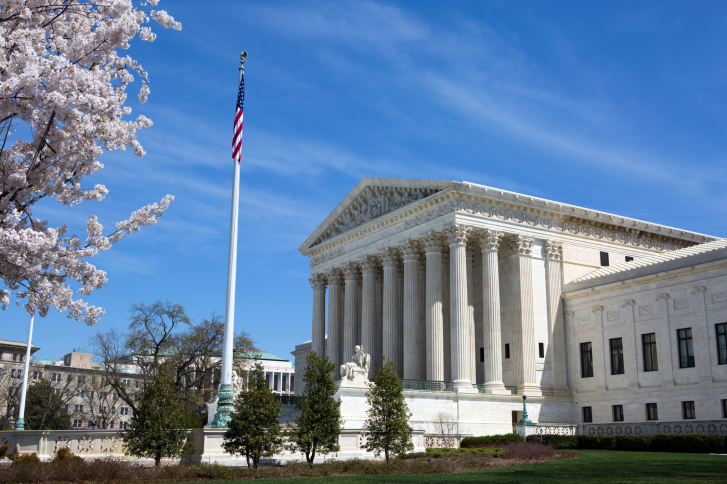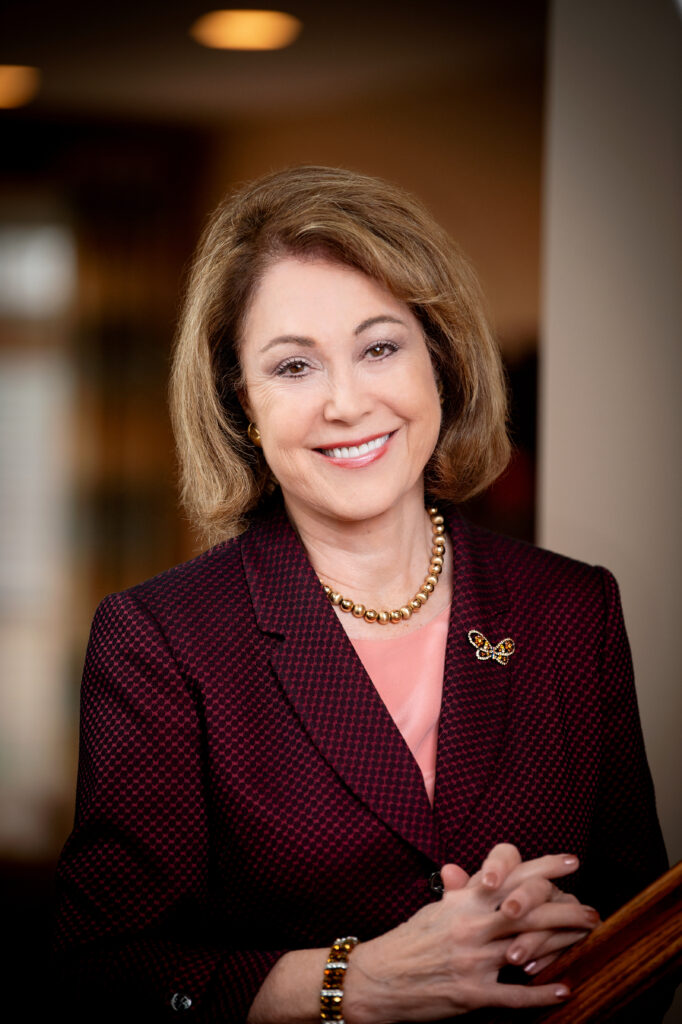As of January 2004, 250 million non-elderly Americans have access to tax-deductible health savings accounts (HSAs). Individuals can now self-insure for some of their medical needs and manage more of their own health care dollars.
Forces for Innovation
It appears the idea of health savings accounts was independently conceived by several people. The concept was introduced to the National Center for Policy Analysis (NCPA) by Jesse Hixson, the American Medical Association’s chief economist for many years. NCPA President John Goodman and Senior Fellow Gerald Musgrave developed it through numerous publications.
Goodman was called the “Father of Medical Savings Accounts” by House Ways and Means Committee Chairman Bill Archer and the Wall Street Journal. More recently, the National Journal called him the “Father of HSAs.”
Though HSAs might not exist today without the NCPA’s work, other policy groups also made important contributions, including the Council for Affordable Health Insurance (CAHI), MSA Coalition, American Legislative Exchange Council (ALEC), Heartland Institute, and Golden Rule Insurance Company.
In January 1984, the NCPA published a plan to use individually owned “medical IRAs” to solve the long-term problem of Medicare. Two months later, Goodman and Richard Rahn, then chief economist for the U.S. Chamber of Commerce, outlined the plan in a Wall Street Journal article. That year, Singapore introduced a mandatory “Medisave” program.
In 1992 Goodman and Musgrave wrote a seminal study documenting opportunities in the U.S. for individuals to select high-deductible health insurance and place the premium savings in a personal account to pay for small medical expenses. A 1995 Health Affairs article by Goodman and Wharton School economist Mark Pauly showed how the tax system could encourage the purchase of health insurance without distorting health care choices, through the use of non-taxable medical savings accounts.
Calls for Patient Power
In 1990, the NCPA organized a task force of researchers from 40 think tanks, universities, and research organizations. The group’s report advocated self-insurance for small medical bills through “medisave” accounts. Goodman and Musgrave expanded the work of the task force into a classic book, Patient Power, published by the Cato Institute in 1992.
Capitol Hill responded quickly. In 1992, 12 bills designed to create medical savings accounts (MSAs) received the bipartisan support of 150 congressional cosponsors. For example, S 2873 was introduced in June 1992 by Sen. John Breaux (D-LA) and 12 cosponsors, including Democratic senators Thomas Daschle (SD), David Boren (OK), and Sam Nunn (GA).
More than 300,000 copies of an abridged version of Patient Power were printed and distributed. Many people regard the book as the force that derailed Hillary Clinton’s plan to reform the U.S. health care system. Though unmentioned in the book, her plan was sidetracked when about 40 Republican senators signed on to a rival reform plan whose central focus was Patient Power‘s MSA concept.
Private-Sector Trials
The idea of MSAs began to catch on in the private sector as well. J. Patrick Rooney, a member of the NCPA’s board of directors and then chairman of Golden Rule Insurance Company, tried the idea with his employees in early 1993. Within a couple of years, the company began selling MSA plans in the marketplace.
Forbes magazine publisher Steve Forbes created a variant of the idea for his employees in 1992-93. Quaker Oats and Dominion Resources implemented their own versions in the 1980s.
The United Mine Workers tried yet another twist: In 1994, the union agreed to a $1,000 annual deductible as an alternative to first-dollar coverage, in return for a $1,000 annual check from management for each employee.
These early attempts to implement MSA plans were at a disadvantage under federal tax laws. Unlike employer-paid premiums, MSA deposits were subject to income and payroll taxes, and unspent funds could not be rolled over at the end of the year to accumulate and earn tax-free interest.
In 1996, however, Congress created a pilot project allowing tax-free MSAs for the self-employed and small businesses. The program mandated a cap of 750,000 policies, and numerous other restrictions resulted in only a tenth of that number being purchased. One of those restrictions was on the design of MSA plans. It included limits on who could contribute and on the size of the deductibles allowed, and it included a mandatory out-of-pocket gap between the MSA contribution and the point where insurance took over.
MSAs in South Africa
In the early 1990s, Goodman had drawn a diagram of a possible MSA plan for Archer. (See accompanying figure.) That design was codified in the 1996 pilot program and in the HSA law that went into effect January 1, 2004.
In South Africa, by contrast, the government took a similar approach but allowed the market to innovate and experiment.
In 1993, Goodman helped Discovery Health launch an MSA plan in South Africa. The plan was very successful, and rival insurers quickly copied it. Today, MSA plans have captured approximately two-thirds of the private insurance market in South Africa. The most popular South African plans would not be allowed under the rigid restrictions that govern the U.S. market.
Currently, in the United States, the health insurance policy that accompanies an HSA must have an across-the-board deductible of at least $1,000 for an individual or $2,000 for a family, with exceptions for preventive care. In a typical South African plan, however, there is no requirement of a deductible for hospital care, on the theory that patients typically exercise very little discretion in a hospital setting. The South African law does, however, require a high deductible of about $1,100 (US) for outpatient care, on the theory that patients exercise more discretion when choosing those services.
Health Reimbursement Arrangements
In June 2002, encouraged by the NCPA and the Wye Group on Health, the U.S. Treasury Department issued a Revenue Ruling clarifying that unused funds in Health Reimbursement Arrangements (HRAs)–employer-funded accounts similar to HSAs–could be rolled over from year to year, tax-free, beginning in 2002. Like MSAs in South Africa, HRAs are very flexible.
Employers, for example, can alter co-payments and deductibles to encourage employees to buy medications for chronic conditions or to encourage preventive care. There are some limitations: HRAs can never be cashed out and taken as compensation by the employee, and they generally are not portable. Nonetheless, HRAs have been very important politically in building support among large employers for consumer-directed health care.
Unlike an HRA, an HSA belongs to the employee, is portable between jobs and into retirement, and can be passed on to heirs. Funds can be withdrawn and spent for non-health purposes after age 65, although normal income taxes apply; in addition, nonmedical withdrawals prior to age 65 trigger a 10 percent penalty.
Intellectual Leadership
Between the time the NCPA task force was formed in 1990 and when HSAs became a reality in 2004, NCPA scholars made more than 250 presentations–speeches, briefings, testimonies, etc.–on the subject, addressing audiences in virtually every state.
The NCPA produced more than 40 studies, backgrounders, brief analyses, articles, and other publications on the subject, in addition to scores of newspaper editorials. The NCPA also sponsored nationally televised presentations, including debates on William F. Buckley’s “Firing Line” and the PBS program “Debates.”
As a result of these efforts, HSAs are rapidly changing how Americans buy health insurance and how we control our own medical care. The revolution for a major transformation of America’s health care system has begun.
Devon Herrick, Ph.D. ([email protected]) is a senior fellow at the National Center for Policy Analysis (http://www.ncpa.org). An earlier version of this article was published by NCPA on August 13, 2004 as Brief Analysis No. 481. Reprinted and edited with permission.



